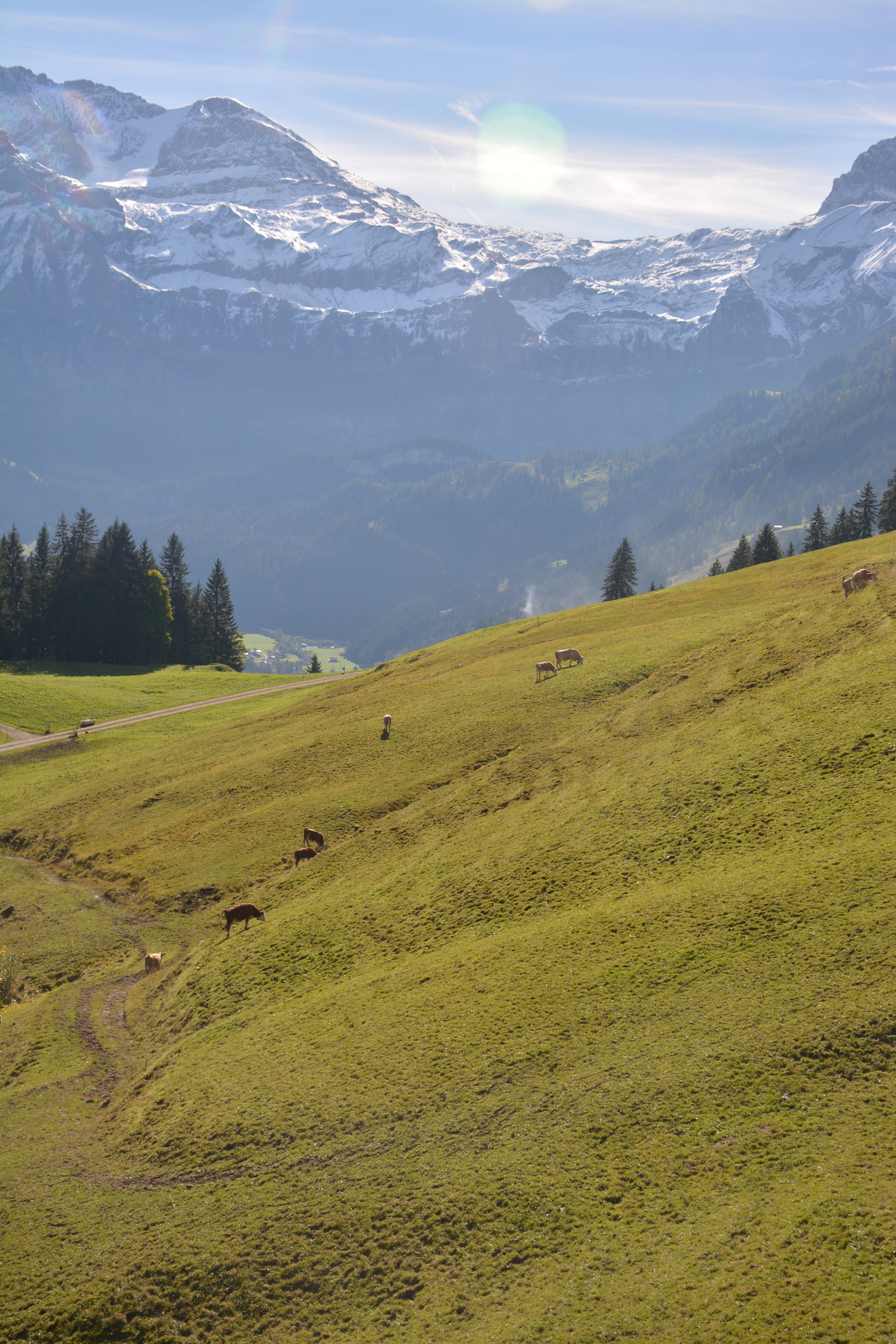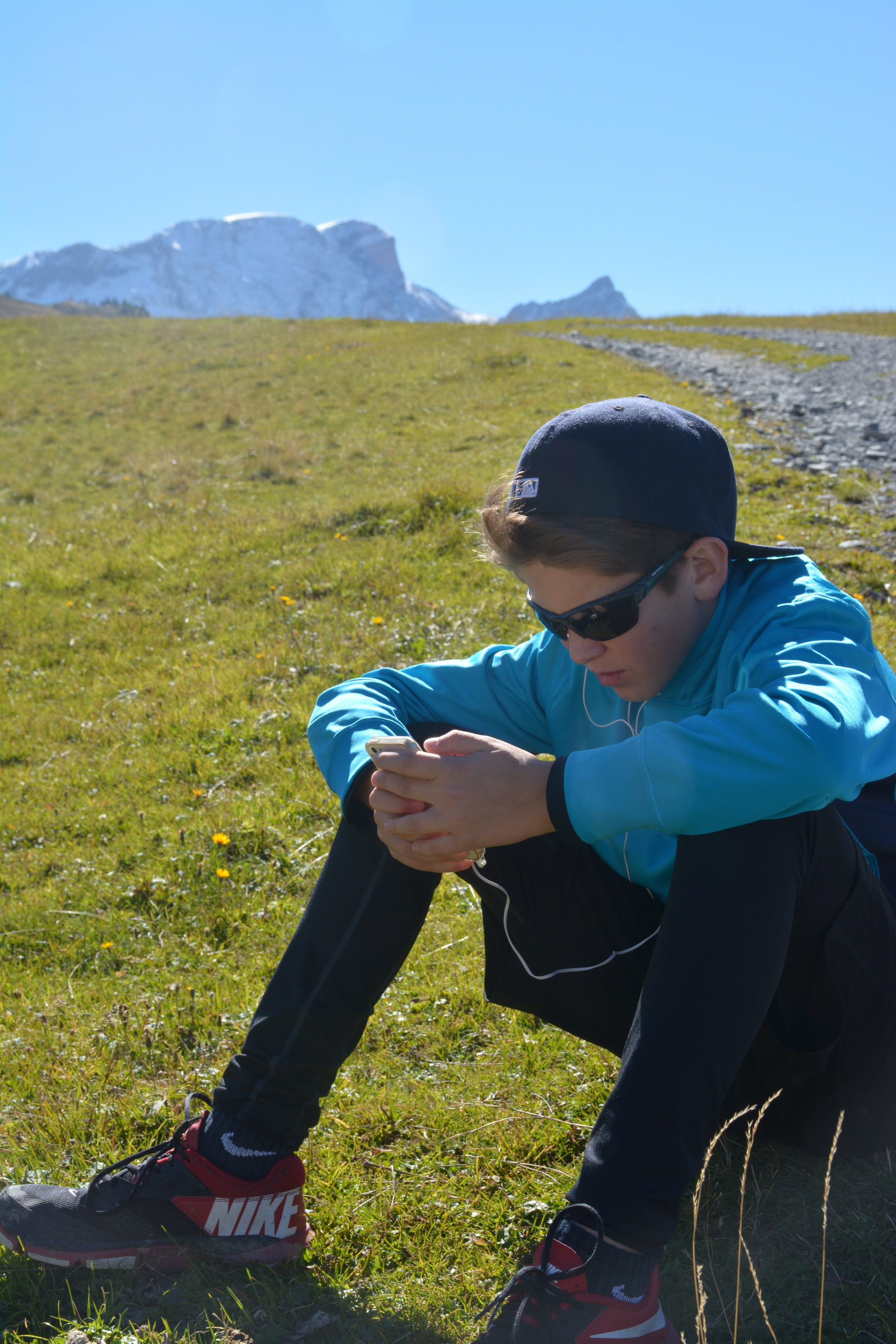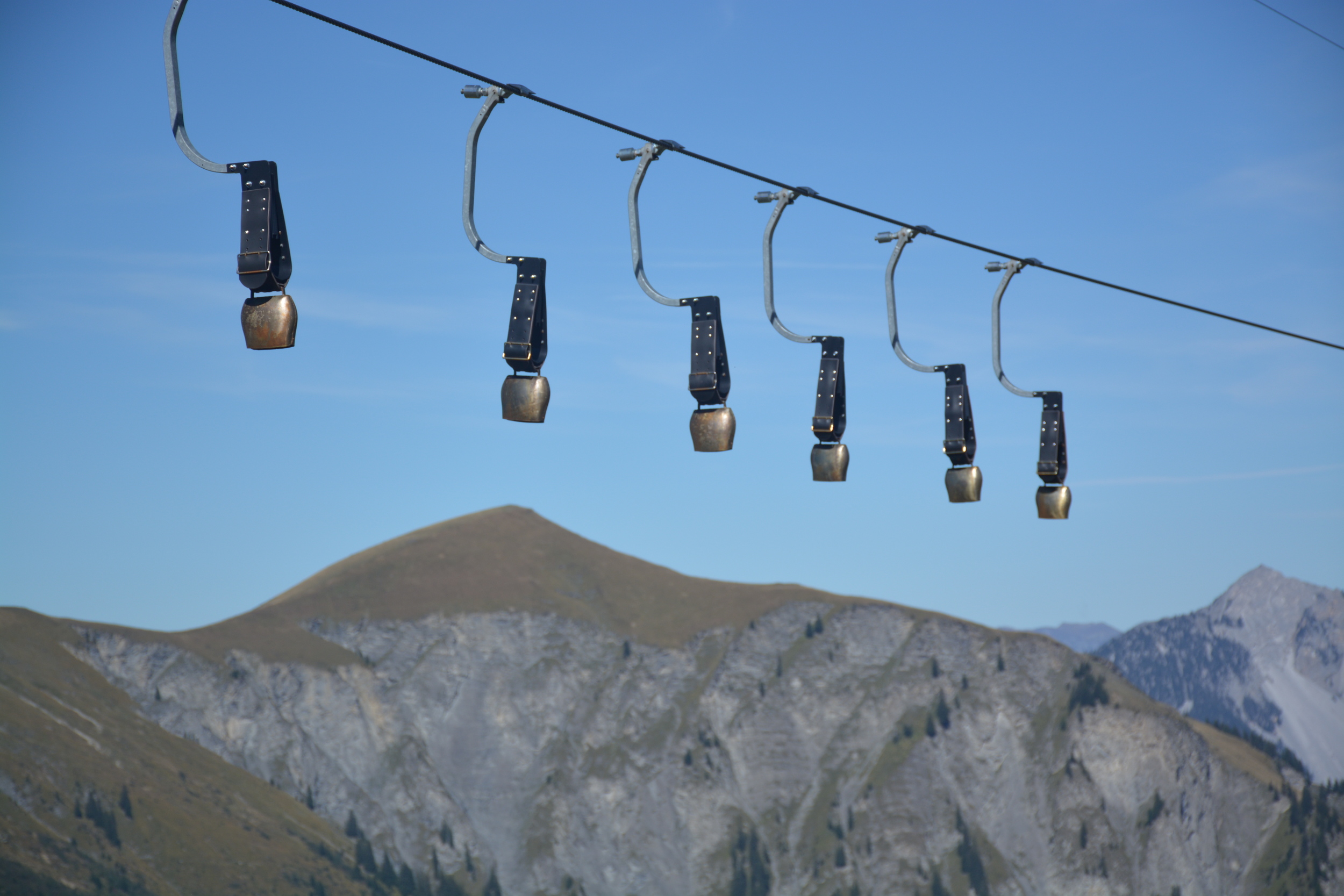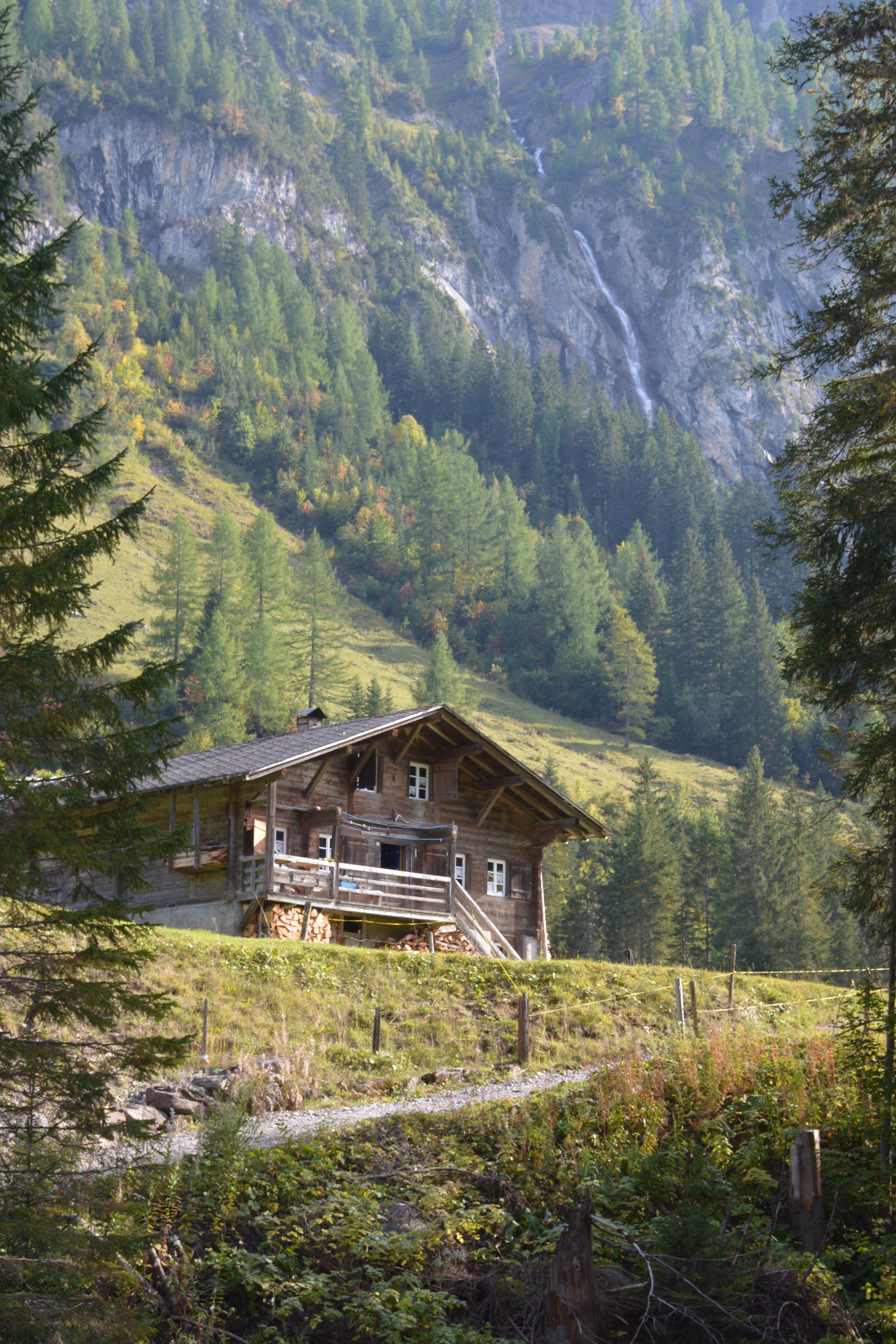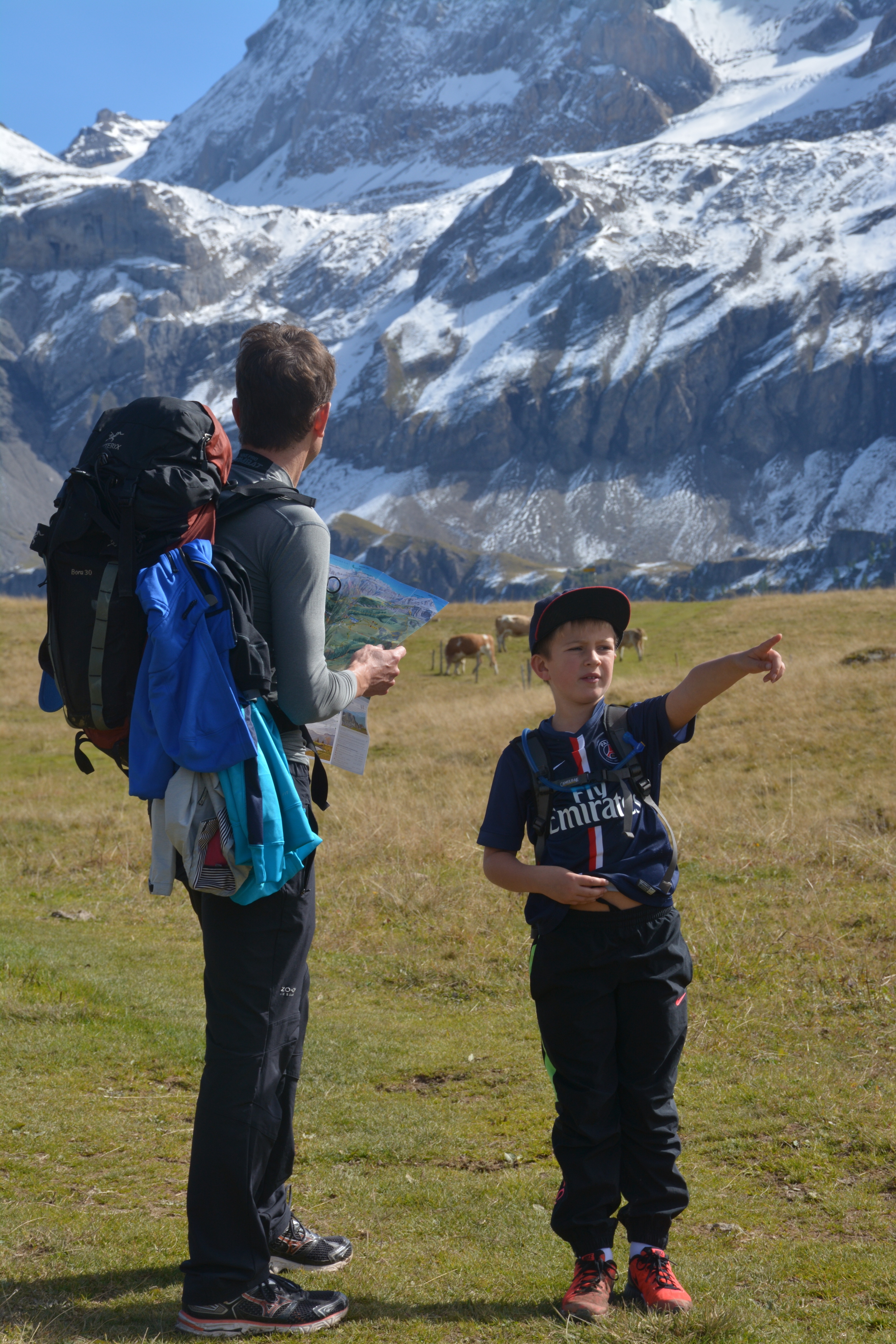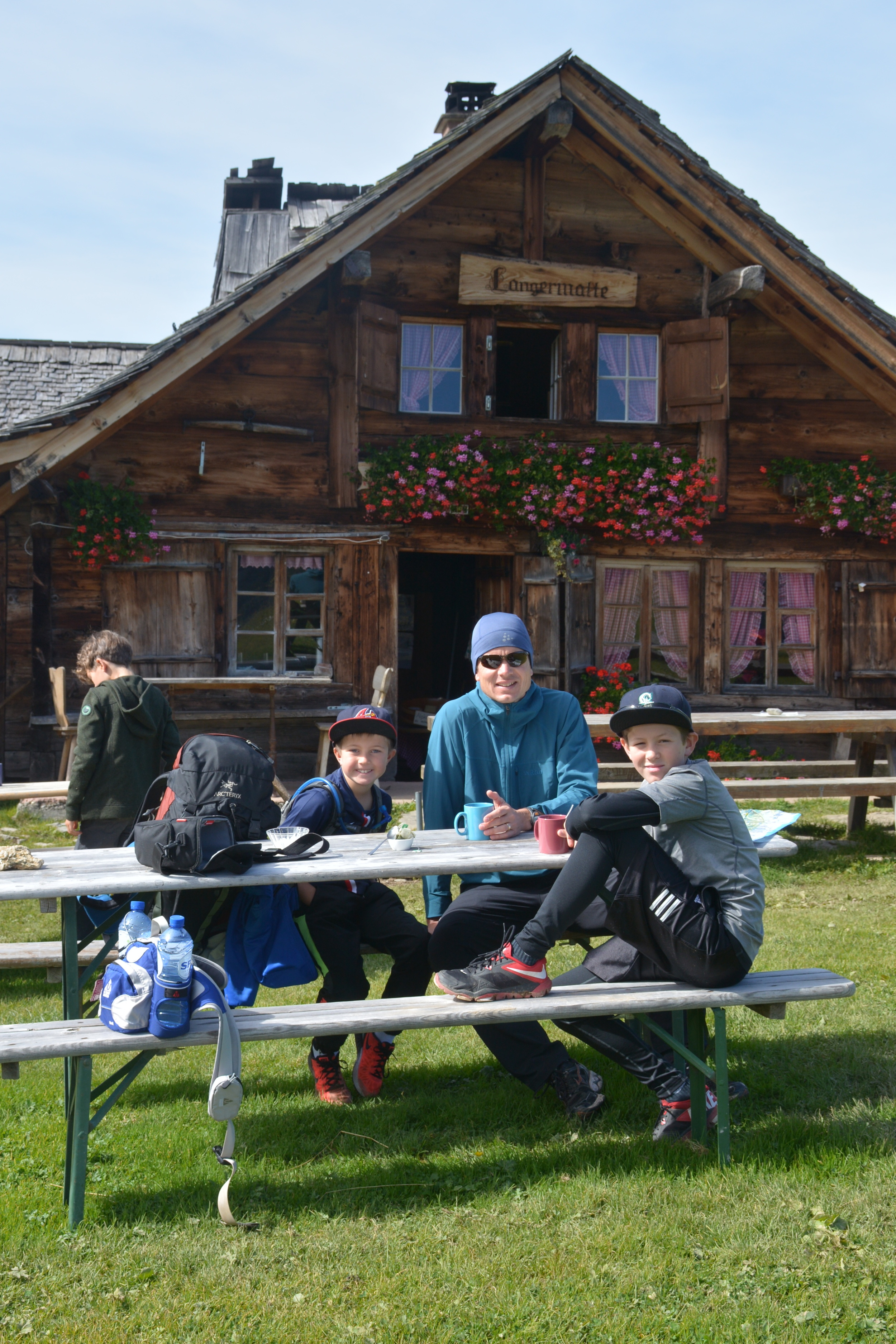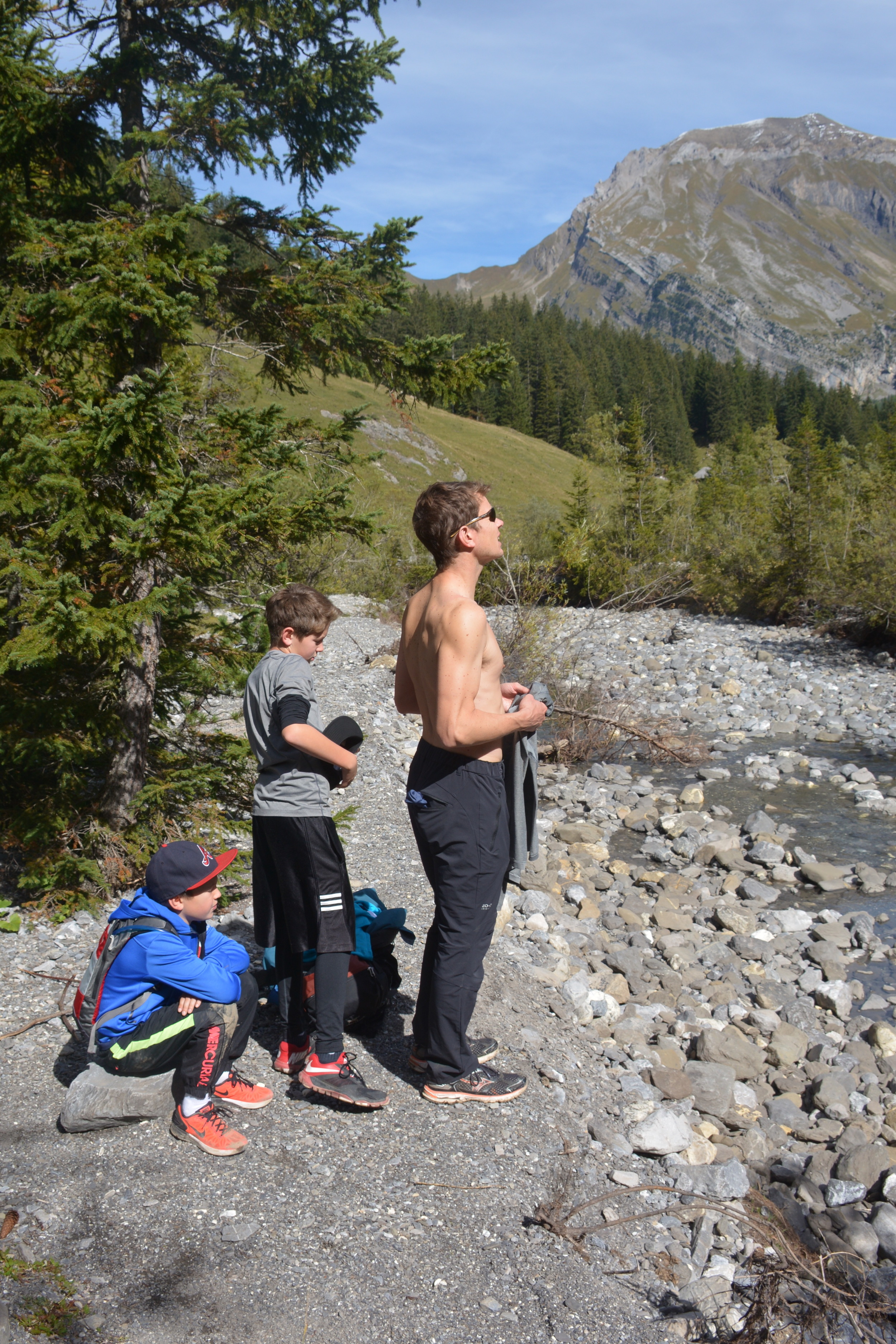Photo courtesy of Anna Andersen
You know how sometimes your friend tells you, “I’ll send you the recipe. It’s so easy!” and then you open it up and think: liar, liar, kitchen on fire.
I’ve dished it as many times as I’ve been served it. In fact this week I had lunch with a new French friend who I’d met at a mutual friend’s birthday brunch, over one of my raspberry breakfast crumble bars. Where there are groups of women and good china out, we do like to put our best fork forward. The fruity bars were no Coq au vin, but anytime there is a food processor and two part baking process you won’t be whipping it up during a commercial break. You’ll be calendaring it for your next assignment.
In our email exchange before getting together, I forwarded the recipe with the “easy” disclaimer. I wanted to sound hopeful and competent. As we parted after a lovely lunch, she said: “Oh, and thanks for the recipe. I was going to make it but ….that was involved, no? I should send you some French cake recipes. They are very simple.”
Well, that was Tuesday. Today is Friday and I have a new outlook on easy.
This morning I was in my kitchen at 6:50am. By 7:07am, there were biscuits. Not just any biscuit but the lightest, tenderest, tastiest golden biscuits ever to grace an Ikea plate. In places where measuring precision and light touch is required (“don’t overwork the dough” may be the most open to interpretation baking instruction ever), I have a very uneven and sometimes inedible past.
But these biscuits. These biscuits were CHAMPION’S LEAGUE. My audience swooned. I briefly played the kitchen martyr. There was none left by 7:27am.
The secret? Two ingredients. That’s right – two ingredients. No butter. No pastry cutter. Definitely no Bisquick for 3,000 miles. Only a wooden spoon and two ingredients: self-rising flour and heavy cream. A recipe where anyone can be a hero.
I wouldn’t have believed it either except if you’ve ever made a recipe from J. Kenji Lopez-Alt from Serious Eats.com, you know this guy is serious about the science of good food. The recipe, the truly easy recipe, is called, “Two Ingredient Never-Fail Cream Biscuits.” It's not a new idea. Kenji even admitted: "But not everything worth making is brand new."
After I polished off the last biscuit I hid this morning, it got me to thinking about how Jesus summed up what we needed to know by telling us to do two things: love the Lord our God *with everything* and love our neighbor *as ourselves*. That these two things Never-Fail. It seems like as we get more comfortable in our own kitchens of faith or where there is an audience to impress, we often try to add in more ingredients and over complicate the recipe. But I wonder if we tried to stick to the basics, these two ingredients, would we be lighter and more tender?
One might argue that heavy cream can stand on its own. Flour, like love for your God, definitely cannot. It is an important ingredient but it can’t rise – do what it was meant to do- all by itself. It needs to be worked into the fat of relationships, the ones you choose and the ones you don’t. Then when the flour is coated in the richness of risking love, showing mercy and overthrowing self for the sake of our neighbors (here I must mention the ones we can’t find any little thing to agree about), does it finally come together into dough. It’s sticky and must be handled with care. But once the two loves are mixed in roughly the right proportions, it now has the potential to withstand the heat and produce something very, very tasty.
It’s that easy, no?





